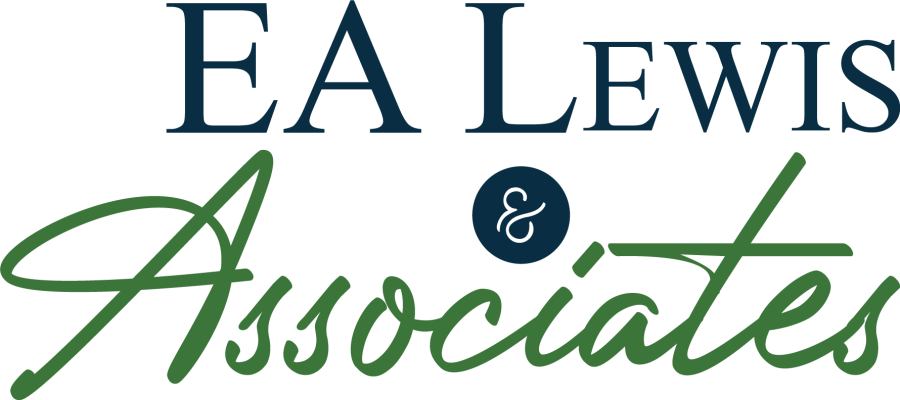By Coach Emily – Words have incredible power and can create a ripple effect in and throughout an organization. They can uplift, inspire, and motivate, or they can discourage and divide, often without us even realizing it. As leaders, the way we communicate shapes not just our message, but the culture we create. By choosing words that are positive, purposeful, and proactive, we can foster a mindset of growth, collaboration, and possibility.
Empowering messages are everywhere, on social media, in conversations, and in workplace culture. But if we listen closely, many of these messages carry an underlying negativity, subtly reinforcing the very limiting beliefs they aim to dismantle. It’s the difference between a message that truly empowers us and one that offers permission through passive aggression.
As leaders, we have an opportunity to use language that uplifts and empowers, shaping a culture of growth and collaboration. Messaging should focus on possibility, growth, and positivity, rather than creating a narrative of conflict or lack.

Why Words Matter in Leadership
- Words Shape Beliefs
The language we use influences the mindset of our teams. Negative undertones can create an “us vs. them” mentality, while positive, inclusive language builds trust and collaboration. - Words Drive Behavior
People internalize the messages they hear, often shaping their actions accordingly. A leader who says, “Don’t mess this up” creates fear of failure, while one who says, “Let’s aim for excellence” inspires effort and pride in the work. - Words Reflect Values
Our words are a mirror of our leadership values. If we value growth, inclusivity, and positivity, our language should reflect that. Messages that uplift and empower through a positive lens encourage those same values in the team.
Building a Culture of Positive Empowerment
Empowering language fosters psychological safety, encourages innovation, and strengthens team dynamics. It sets the expectation that growth and collaboration, not fear or defensiveness, are the norms.
Trust is built when team members feel safe to share ideas and make mistakes without fear of judgment. Language focused on growth fosters this trust, empowering individuals to take risks and innovate.
Empathy shines through when leaders acknowledge human experience. Effective messaging doesn’t just promote positivity, it recognizes that behind every challenge is a person seeking support and understanding.
Reflection is key. Thoughtful communication helps align language with intention, ensuring our words inspire action rather than unintentionally creating barriers.
Optimism ties it all together. The words we choose shape conversations and the future. Optimistic messaging helps teams move beyond immediate challenges and focus on possibilities
Implementing Positive Messaging in Team Settings – Micro-Steps to Shift Your Environment
Creating a positive and empowering team culture doesn’t happen overnight. It’s the result of consistent, intentional language choices, and small but meaningful actions that reinforce a supportive environment. Leaders can make significant shifts by focusing on micro-steps, simple, actionable strategies that influence the team’s dynamics over time.
Here’s how to start implementing positive messaging within your team:
1. Set the Tone with Inclusive Language
Micro-Step: Use “we” and “us” instead of “I” and “you”.
- Why it works – Inclusive language creates a sense of belonging and shared responsibility. It shifts the focus from individual blame or success to collective progress.
2. Give Specific, Positive Feedback
Micro-Step: Use the “Name It, Frame It, Claim It” method.
Why it works – Vague praise can feel hollow. Specific feedback highlights behaviors you want to encourage and frames them as valuable to the team.
- How to apply it:
- Name It – Identify the positive behavior. (“You handled that client call with patience and clarity…”)
- Frame It – Explain why it mattered. (“…which helped resolve the issue quickly and maintained trust.”)
- Claim It – Connect it to the bigger picture. (“That’s exactly the level of customer care we strive for.”)
3. Reframe Challenges as Opportunities
Micro-Step: Replace problem-focused language with solution-oriented questions.
- Why it works – The way leaders frame challenges influence how teams approach them. Shifting from blame to curiosity fosters problem-solving and innovation.
- Examples:
- Instead of saying, “This isn’t working,” ask, “What’s one adjustment we can make to improve this?”
- Replace “We failed at this project” with “What did we learn from this, and how can we apply it next time?”
4. Encourage Open Dialogue with Empowering Prompts
Micro-Step: Use open-ended, empowering questions in team discussions.
- Why it works – Empowering questions encourage team members to think critically, share ideas, and feel heard.
- Examples
- “What’s one idea we haven’t considered yet?”
- “How can we make this process easier for everyone?”
- “What’s something you’re proud of this week?”
These types of questions shift the focus from problems to possibilities and invite diverse perspectives.
5. Model Vulnerability and Positive Self-Talk
Micro-Step: Share your learning moments and reframe mistakes positively.
- Why it works – When leaders model vulnerability, it creates psychological safety, encouraging others to speak openly and view mistakes as opportunities to grow.
- Example
- “I made a misstep in that last presentation, but here’s what I learned…”
- Instead of, “I messed up,” reframe as, “I’m still figuring this out, and that’s part of the process.”
Implementing these micro-steps consistently will create a ripple effect across your organization and shift your team’s culture toward one that is more uplifting, collaborative, and motivated. As leaders, our words can either build barriers or open doors. Small changes in language create big shifts in mindset, fostering trust, respect, and engagement within teams.




